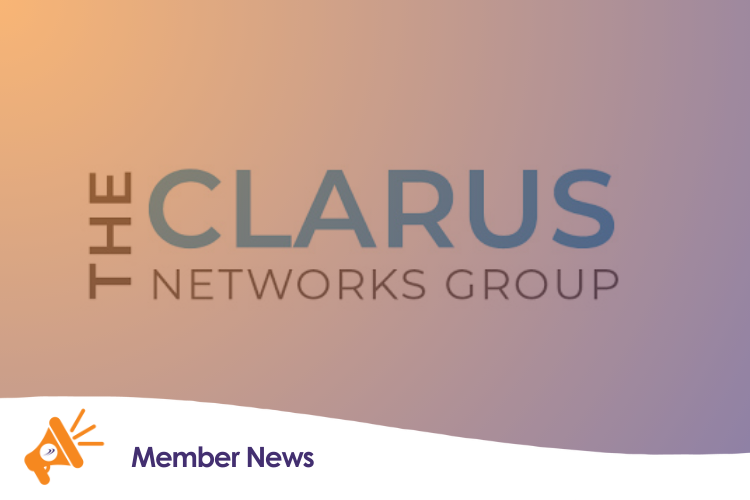Trains operating in the Scottish Highlands will offer unprecedented access to satellite technology – transforming how customers can stay connected when travelling with ScotRail.
In a UK-first for onboard passenger Wi-Fi, ScotRail has worked with Clarus Networks to design a new system which allows trains operating in rural Scotland to connect with a Low Earth Orbit (LEO) satellite network.
Six class 158 trains, which will be in service in the north of Scotland from Inverness to Wick, Thurso, Kyle of Lochalsh, and Aberdeen, have been fitted with this equipment for a six-month trial.
The project will address the long-standing on train connectivity challenges in the region, and is the result of a partnership between ScotRail and Bathgate-based Clarus Networks.
It has been supported by the Scottish Government, Highlands and Islands Enterprise, and the Scottish Futures Trust.
Reliable digital connectivity throughout journeys will help ScotRail to improve the customer experience, delivering benefits that include:
- Improved customer Wi-Fi service.
- Wi-Fi calling capabilities for customers and staff.
- GPS tracking of trains to enable joined-up public transport journeys.
- Live on-board CCTV access and download.
- Improved on-train journey information for customers.
Customers will know they are on an upgraded train when they see the on-train stickers and signage, and will also notice a new upgraded on-train Wi-Fi landing page when they connect.
This pilot aligns with the Scottish Government’s efforts to provide better services to rural communities, ultimately encouraging community growth, repopulation and greater resilience in rural areas.
If successful, the trial could lead to the roll-out of the technology across the remaining class 158 trains in the ScotRail fleet, which would cover other rural lines including the West Highlands, Stranraer, Dumfries and the Borders.
It will also help to influence the inclusion of this technology in the procurement of new fleets and new trains.
Richard Lochhead MSP, Business Minister, said: “This technology is set to be a boost for Highland commuters and visitors, improving access to digital services – a central theme at today’s Convention of the Highlands and Islands.
“It will enable passengers to access services and apps that will make their journeys more enjoyable and more productive.
“As set out in last week’s Programme for Government, the Scottish Government places great emphasis on digital connectivity. It supports Scotland’s economic resilience and helps everyone, regardless of location, to access improved public services and opportunities.”
Scott Prentice, ScotRail Strategy and Planning Director, said: “The launch of this trial is fantastic news for our customers using services in the north of the country, and will have a very positive impact on their journey experience.
“There has been a lot of hard work by our staff and our partner, Clarus Networks, to get to this point, and I am looking forward to seeing how customers interact with the new technology on our trains.
“The project addresses the long-standing challenges we’ve had for train connectivity in the region, and we hope it will lead to a future roll-out of the technology across other rural routes in Scotland.”
Mike Butler, Director of Rail & Innovation at Clarus Networks, added: “This project marks a major step forward in closing the digital divide for rural rail routes. By harnessing the power of Low Earth Orbit satellite technology, we’re able to deliver fast, reliable connectivity in some of the most remote parts of the UK rail network.
“This approach helps overcome the coverage and performance limitations of traditional mobile networks – a challenge faced by rail operators globally. We’re proud to work with ScotRail and our partners to prove what’s possible and help shape the future of rail communications – improving both operational performance and the experience for passengers.”
Neil Rutherford, Head of Digital Connectivity at the Scottish Futures Trust, said: “This trial in the Scottish Highlands builds on our expertise of creating innovative solutions to deliver connectivity in many underserved locations across Scotland.
“Our work is very much about considering new ways of delivering the telecoms infrastructure and mobile signal that communities and businesses regard as vital and is reflected in other groundbreaking initiatives we are currently trialling with satellites on board Orkney ferries, providing passengers with ultra-fast internet access.”
